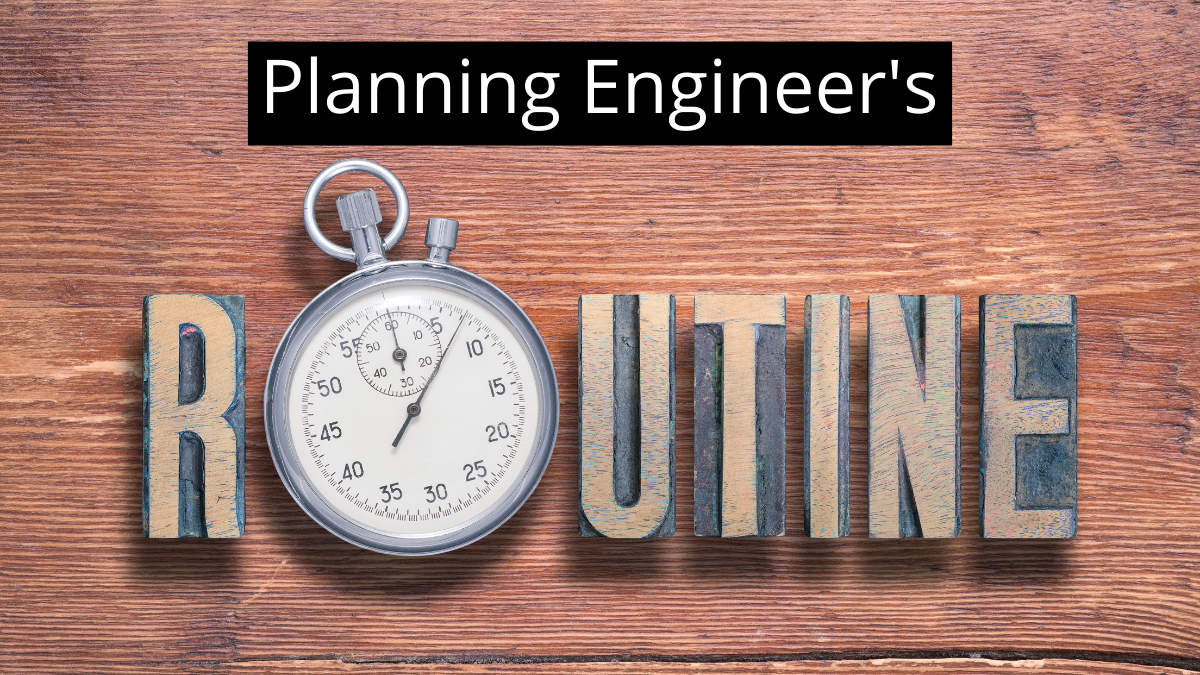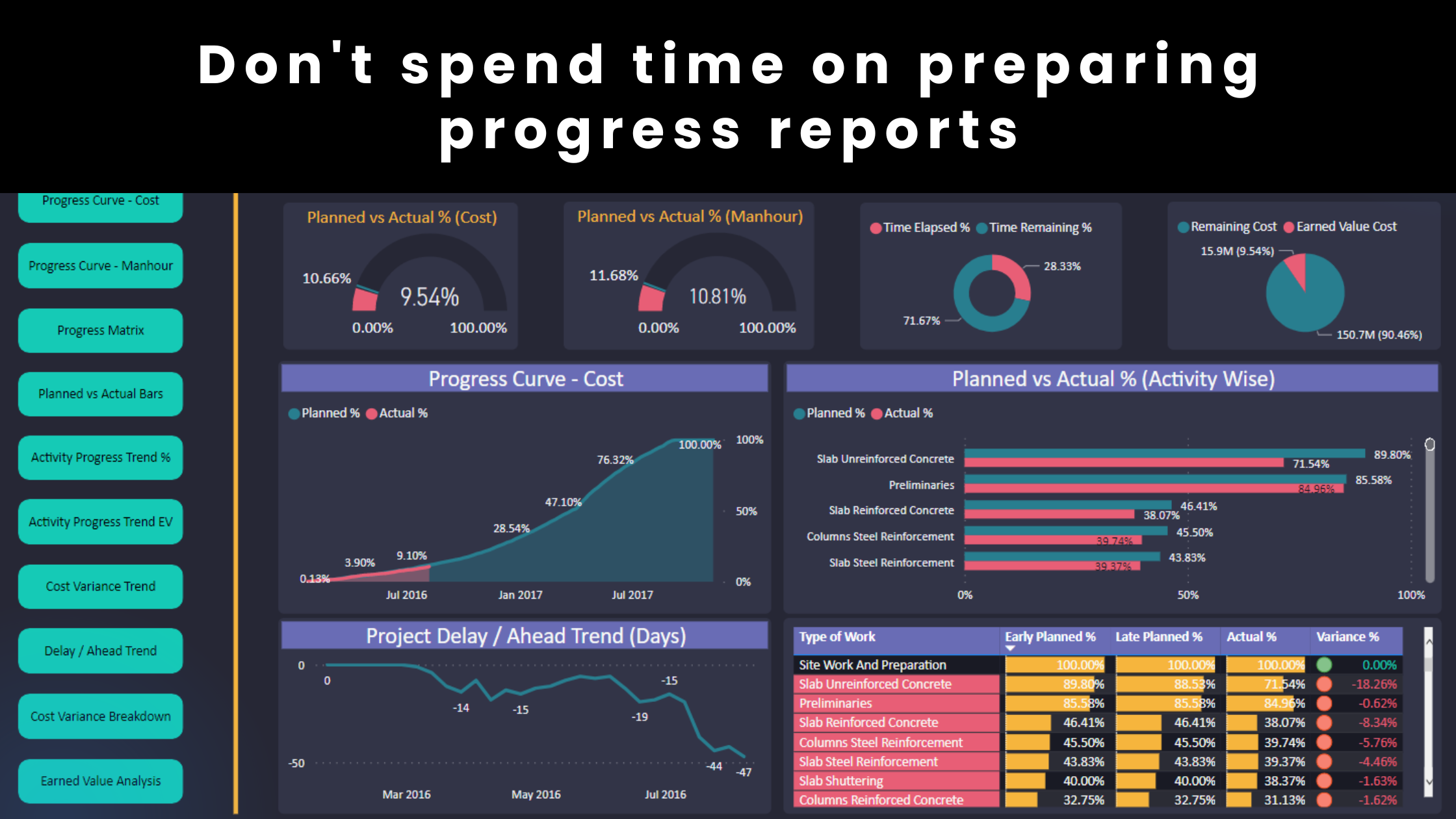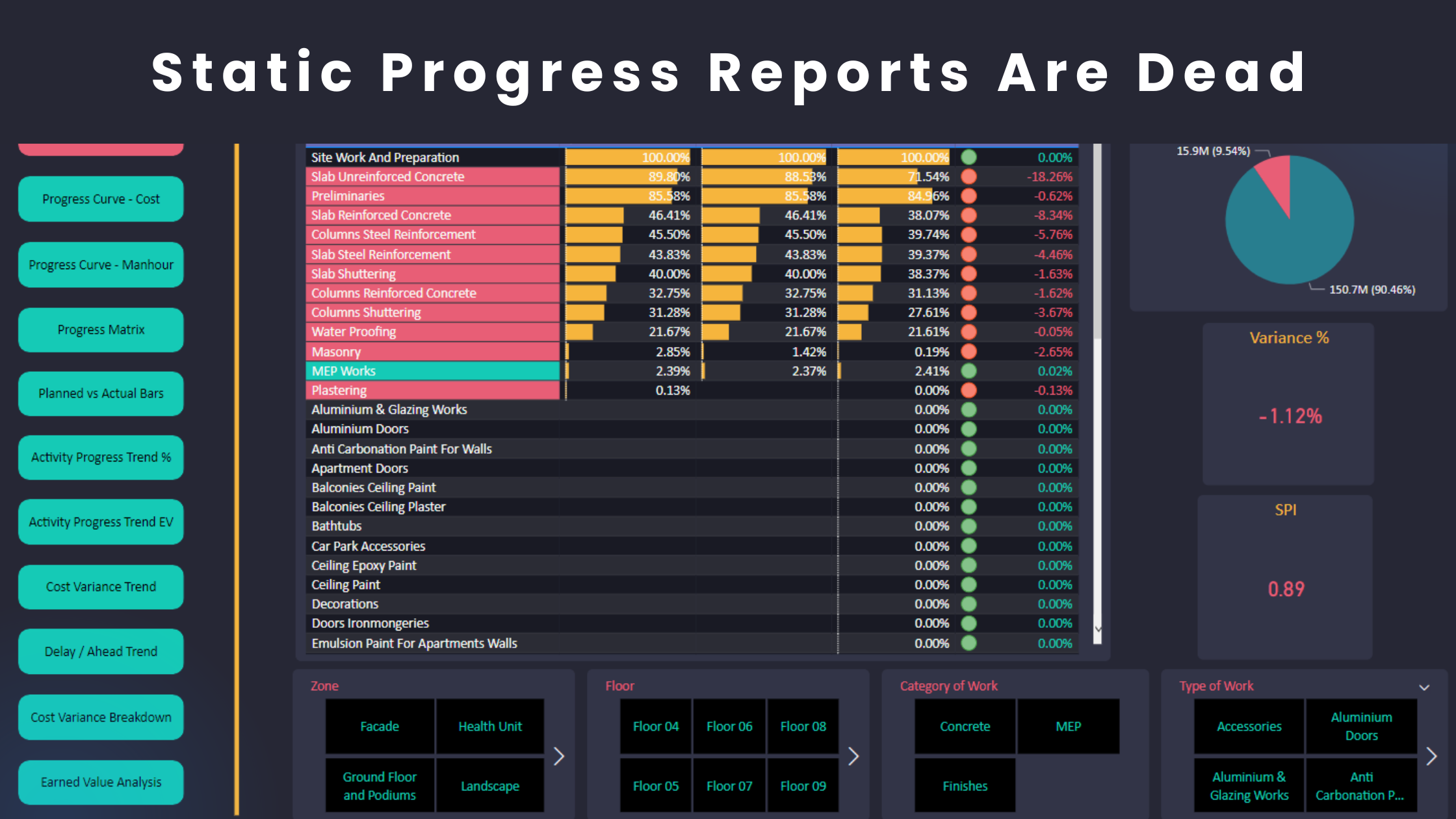Delay analysis is an art – a dark art. Practitioners always seek to learn more about tips and tricks related to project scheduling softwares such as Primavera and Microsoft Project. They start by creating a Fragnet inside the program and link it to appropriate activities to determine entitlements. The way which most planning engineers follow to prepare construction claims is unfortunately incomplete and constitutes only half of the battle.
Qualified planning engineers may prepare for such claim opportunities well in advance and even before any event has arisen. The necessity to keep a practical workable Program of Work requires regular “schedule maintenance” throughout the project. This maintenance is implemented through certain schedule changes that can cause radical alterations to the original schedule attributes (e.g. criticality level of network paths, total float amount, etc).
Only one schedule change can be enough to present new claim opportunities or even disqualify others and this where the black magic comes from. Moreover, such change(s) can allocate lower concurrent delays to Contractors and give them the opportunity to claim for a lot more prolongation costs. Planning engineers think that this is what it takes to prepare a strong claim case. However, in order for the Contractor to receive a favored response, a comprehensive claim has to be submitted for the Engineer’s evaluation.

In many cases, Contractors lack the appropriate skills to: incorporate relevant supporting records, present a clear demonstration and assessment of the “serious” losses or provide an adequate substantiation of the cause & effect. While Contractors can be actually entitled for Extension of Time and Prolongation costs, the quantitative evaluation might be biased. It takes a qualified practitioner with a demonstrated history of experience to accurately assess the damage but some Contractors lack such competencies in their own teams. That’s why lawyers, arbitrators and courts appointed experts are called up to continue the claim journey and go through the second half of the battle after the Contractor has completed the P6 work and submitted the initial claim case.

In my career, I have seen a huge gap between engineering practitioners and the extent to which they understand the construction law and practices which are mandatory to compile a well presented, structured, appropriately written and adequately substantiated claims. I could also see why construction law professionals are in high demand by Employers, Engineers, Main Contractors and Sub-Contractors. It is therefore recommended that you learn more about the construction law and arbitration procedures related to your jurisdiction or call up subject-matter experts early in the process to avoid wasting a lot of valuable time and incurring the associated significant costs.
Learn More!
Check out our comprehensive courses
Regards,
Osama Saad, MBA, PMP, PSP, PMI-SP










